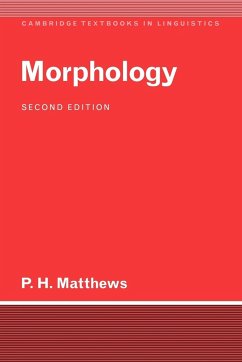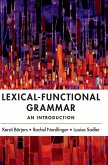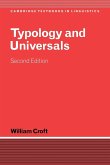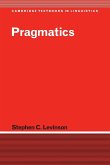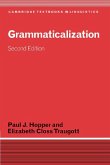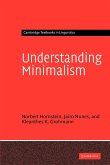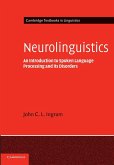This is an updated and substantially revised edition of Peter Matthews's well-known Morphology, first published in 1974. It includes chapters on inflectional and lexical morphology, derivational processes and productivity, compounds, paradigms, and much new material on markedness and other aspects of iconicity. As in the first edition, the theoretical discussion is eclectic and critical: its scope ranges from the ancient grammarians to the work of Chomsky and his followers, the disintegration of the classical Chomskyan scheme, and the renewed standing of morphology and historical linguistics in recent years. The examples are drawn from English and other European languages, ancient and modern. The work will appeal both to specialists in particular languages - it contains much original material - and students of general linguistics. For this new edition much now obsolete discussion has been removed and replaced by discussion of current trends, and the further reading sections have been thoroughly updated.
"Since its original publication in 1974, Morphology has remained the most lucid demonstration of the limitations of morpheme-based analyses and of the indispensability of Word-and-Paradigm (WP) morphology; in its newly updated form, it stands agaiin as the best available introduction to the fundamental issues in morphological theory, suitable for introductory courses at the graduate or advanced undergraduate level...what is truly impressive is how much of the book has not needed to be changed and remains as compelling and pertinent now as it was two decades ago." Language

